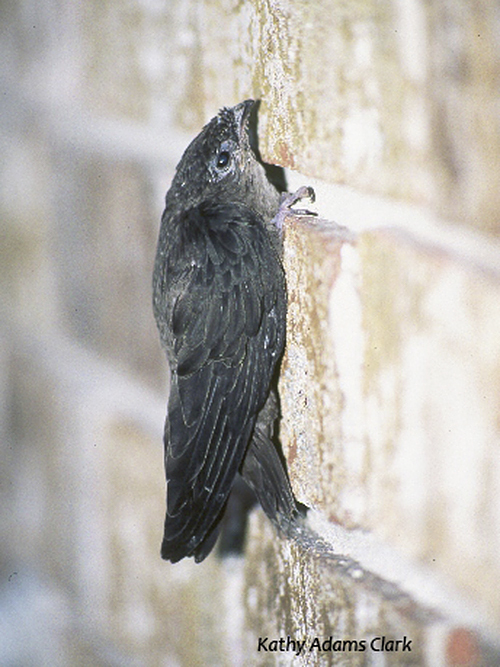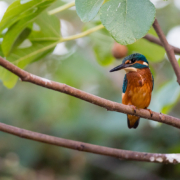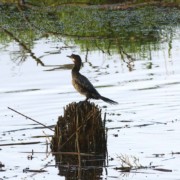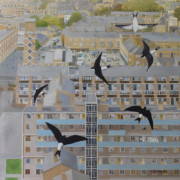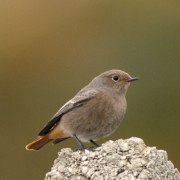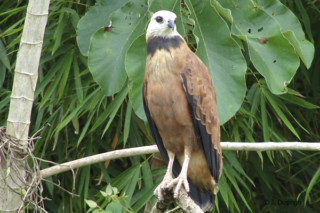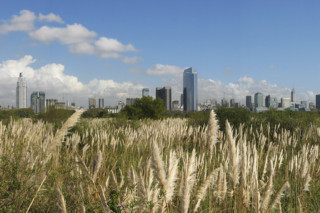Swift… ly disappearing from our urban skies
Michael Fritz-Graham discusses the demise of the Chimney Swift in New York
What Is That?
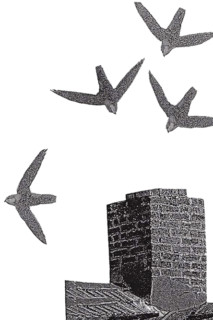 Twittering, chattering little acrobatic cinders with wings have been swooping in and out of your chimney stack. They’re not bats. They’re not swallows. They look like small flying cigars. They’re that skydiving spirit of the brick and cement stacks, the Chimney Swift. What the Common Nighthawk was to the city evening sky, the Chimney Swift is to the sunlit day sky. At least for now. Following in the sad path of the nighthawk, Chimney Swifts have disappeared by 45% from all of their urban range in eastern North America. BBC (Breeding Bird Count) and state radar maps confirm this sad fact.
Twittering, chattering little acrobatic cinders with wings have been swooping in and out of your chimney stack. They’re not bats. They’re not swallows. They look like small flying cigars. They’re that skydiving spirit of the brick and cement stacks, the Chimney Swift. What the Common Nighthawk was to the city evening sky, the Chimney Swift is to the sunlit day sky. At least for now. Following in the sad path of the nighthawk, Chimney Swifts have disappeared by 45% from all of their urban range in eastern North America. BBC (Breeding Bird Count) and state radar maps confirm this sad fact.
There’s Something In My Chimney
Chaetura pelagica are small sooty gray swallow-like birds that now nest only in chimney stacks, silos and abandoned buildings. They are five inches long and depend solely on flying insects as their source of food. They build their nest of twigs and saliva inside these structures. Their disappearance is a big mystery. Some cite pesticides and habitat loss. In addition, newly developed automatic furnace switches can asphyxiate and kill them if the furnace turns on during the breeding season (previously, New York City laws stated furnaces only had to be on between mid-October and mid-April, sparing the chimney swifts during their breeding season here.) So PLEASE, PLEASE cover your chimneys with caps or secure screens if you have an automatic furnace switch or if your chimney is made out of metal. These beneficial birds can be trapped and die inside metal or steel chimneys. Otherwise, encourage and enjoy these beautiful, comical little native birds that will reward you by eating thousands of mosquitoes, flies, and other insects. To attract swifts to nest in your area, you can find out how to build a chimney swift tower on many sites online.
The Neo-tropical Migrant Mystery
The Chimney Swift, the Common Nighthawk, the Purple Martin, and Whip-poor-will all share one common, unfortunate bond. They cross the Caribbean en route to their winter home in the Amazon basin in South America. I believe somewhere there lies the answer to the devastating decline of these birds. Pesticides, jungle deforestation and even reports of the horrid hobby of using these birds for target practice on a large scale in many South American countries are all possible causes. We need to be in contact not just with ornithologists and conservationists in these countries, but also with government officials. Only they can truly educate the people as to the importance of protecting, and not destroying, these migrant birds.
Michael Fritz-Graham
March 2009

